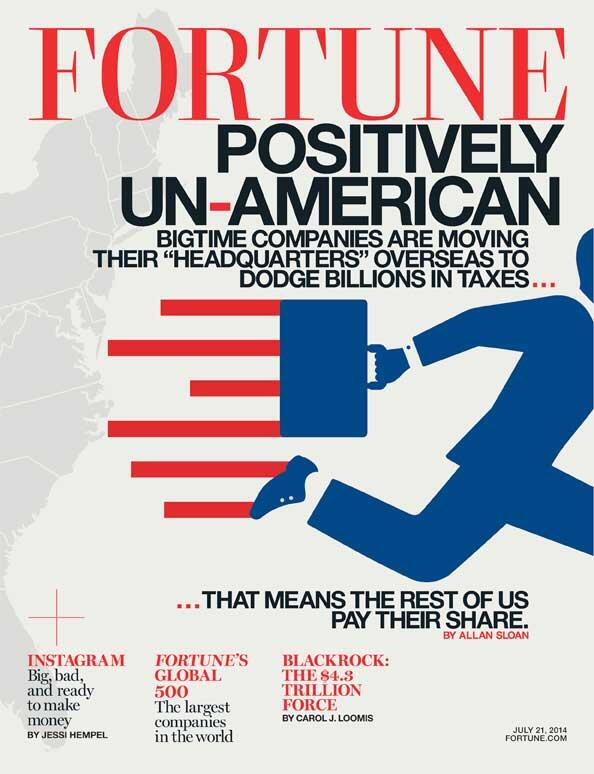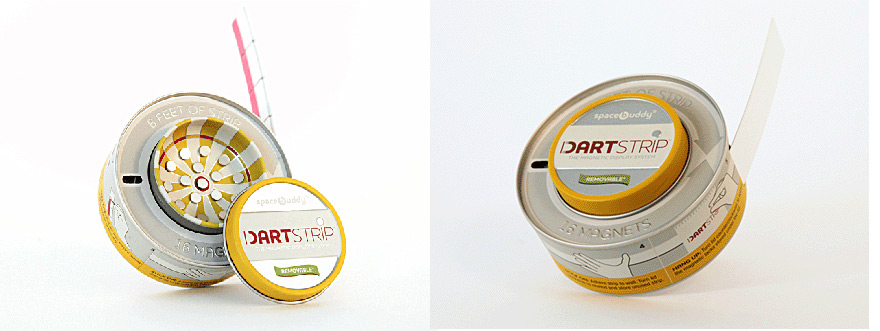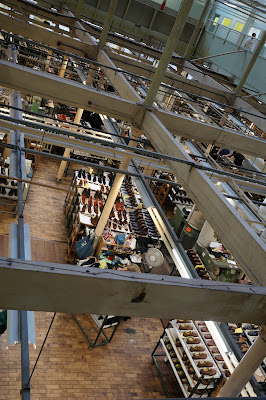A pregnant acquaintance of mine related the following story, about how "Grandmas of Harlem continue to come to my rescue." As she boarded a bus, the following happened:
This grandmother, sitting in an interior seat of the bus, saw me and flagged me over. The young man sitting next to her got ready to stand to let her out and asked her, "Are you getting up?" The grandmother said "No, baby, you are."
It's fair to say that no one knows what a pregnant woman goes through better than a woman that has been pregnant. In addition to the baby's weight, women pack on supportive pounds during pregnancy which, coupled with the new shape on the front of their body, turns previously trivial tasks like pulling socks on or getting into a car into outright ordeals.
In an effort to build awareness, a government initiative in Japan had three governors wear pregnancy-simulating rigs, then asked them to conduct daily tasks, both of their own office and of what a pregnant housewife might do on a daily basis. While there are no subtitles, the visuals are easy enough to understand:
Japan is a nation where traditional gender roles are still mostly adhered to. The initiative, which is part of Japan's Work Life Promotion Campaign, is intended to educate Japanese men on what their pregnant wives go through, in an effort to encourage them to do more housework themselves. The "96.7%" number shown towards the end of the video reflects the percentage of men who, after viewing the footage, agreed that they need to do more to pitch in.



That pregnancy rig, by the way, would make a great tool for male designers who are designing products or environments for pregnant women. But the better solution, of course, would be to have pregnant women design them themselves.











